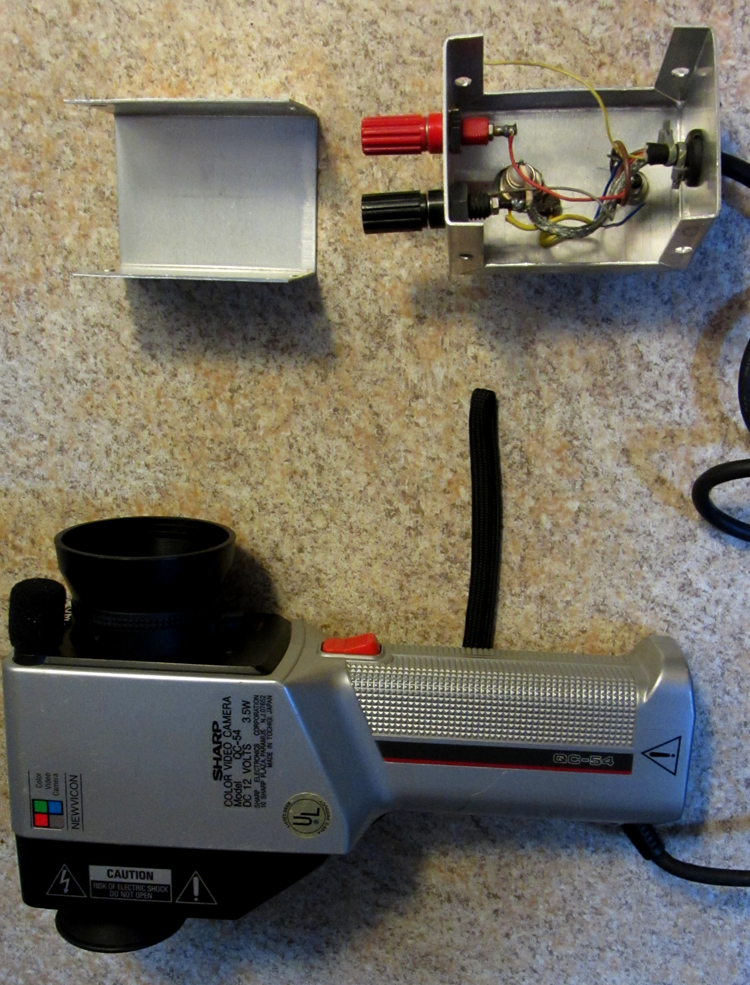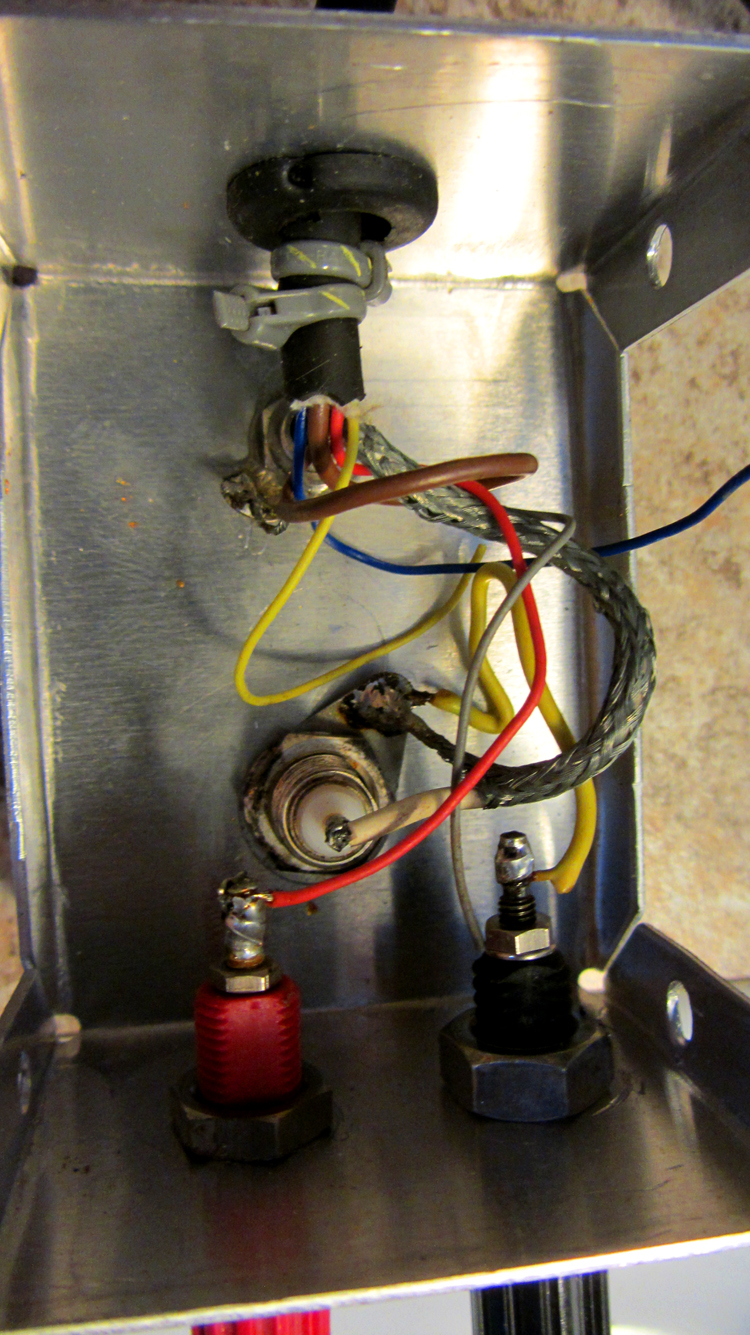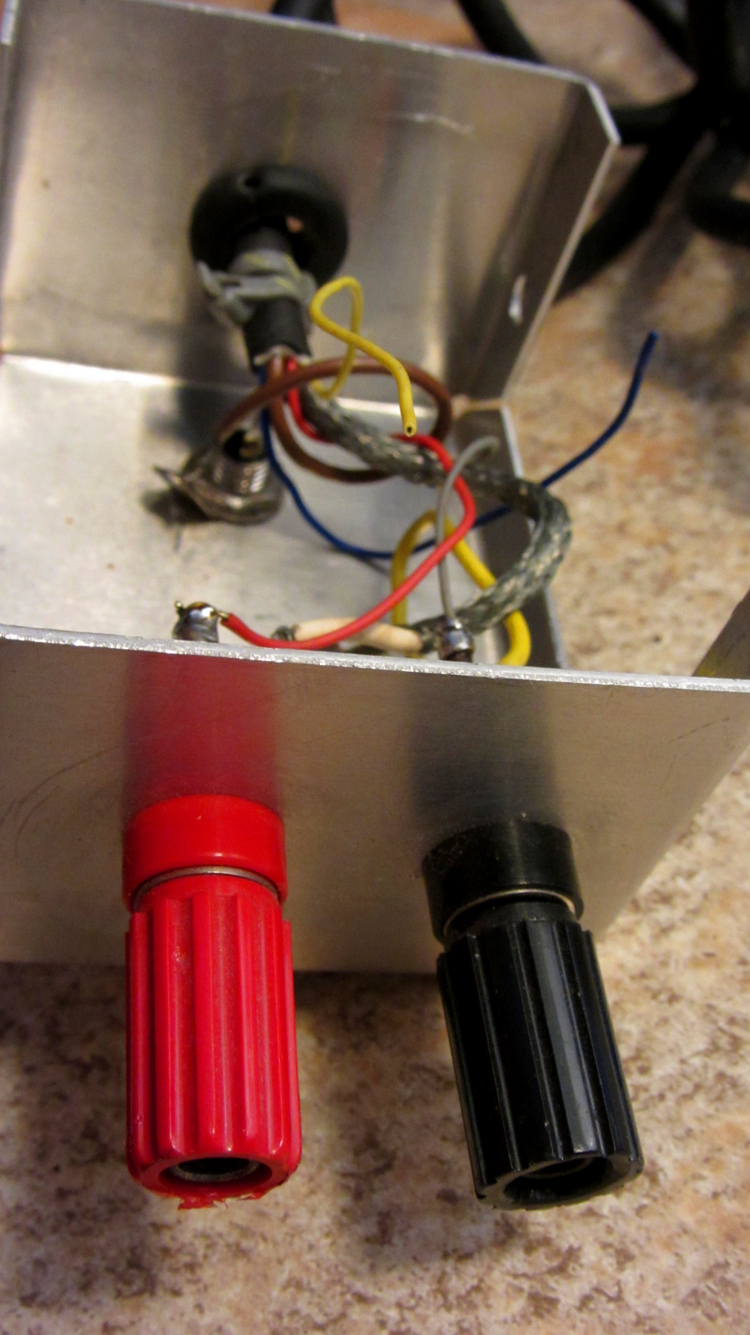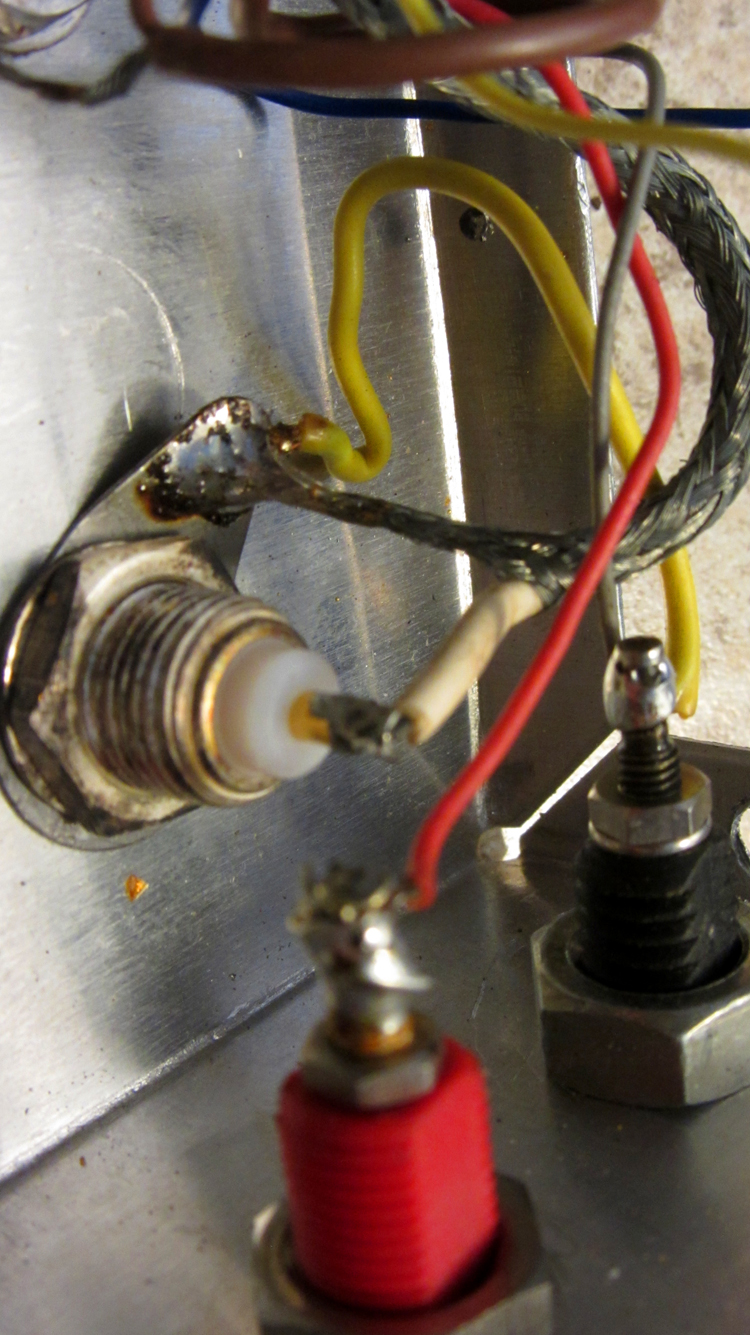Sharp QC-54 / Konica: Cable Pinout
I don’t remember when I first heard about the Sharp QC-54 camera, billed as the smallest consumer video camera in the early 1980s, but I think like many, when you see it, you kind of must have it, and experience it, given it’s unque pistol grip design and relative small size.
Relative, because when you grab one in your hand, it does in fact feel heavier and bigger than expected, but relative to the fuller tube cameras of the era, it is small, and very bare bones: no electronic viewfinder (optional extra), basic mono mic, basic red Record / Stop button, basic filters, and a highly limited lens with an atypical sized threat which, incredibly, could be slightly enhanced with a telephoto adapter.
The Newvicon / Coviscon tube rests in the handgrip, and it gets it’s image from a mirror that also sends what the lens sees to the viewfinder. Because there’s no manual aperture, it’s always open, which is why it’s best to cap the lens when not in use *and* slide that viewfinder cover up to ensure no light might get refracted into the tube.
The 10 pin camera cable connects to any standard 10 pin VCR or power supply or breakout box, but it’s not uncommon to find the camera offered for sale with its cord cut – not snipped at the end, but clipped at the hangrip’s base; those who committed such an atrocity do have a special place in Video Hell, where their worst fears are replayed again, and again, and again, in glaring pixelvision.
But back to this oddity.
I used the camera for the customer POV shots in my experimental doc BSV 1172: Your Friendly Neighbourhood Video Store, which will be getting a belated digital (and maybe VHS) release this October around Video Store Day.
A short making-of blog shows the camera and its size as its held, but I also trained the camera on some backyard greenery to show both its limitations (the auto aperture will yield to moments of initial blown-out video colour before it kicks in) and how to colour correct the resulting footage, which is often green-hued outdoors, and brownish indoors – the latter a common issue with cheap or worn Newvicon tubes of the period.
I’ll eventually do a blog with more info on the camera (plus the limited use of the tele-converter), and the fact the model was identical to the Konica version (which seemed to offer more branded options than the Sharp, plus a later model with both electronic viewfinder and other basic features). I think the QC-54 was designed as the ultimate point & shoot camera, but it still needs power and a VCR to record the material.
I love the camera, including its unique limitations, and once in a while someone posts a query concerning the 10 pin connector’s pinout, and if there’s a way to rig a breakout box separate from a VCR. There is, and by luck, I bought a beater (which actually works fine, a very common plus with these cameras, regardless of what condition they turn up nor severe scent of mold) which someone had rewired into a handmade box for power, and outputting audio & video.
These are snapshots outlining the intricacies of a home job. Note: I left the stills big, so you may have to do some zooming:






The person who created the breakout box (I think) used a Radio Shack power supply for the 12v camera, and the setup did work when I last used it (which was several years ago).
Good luck, and have fun with this unique little gem!
Mark R. Hasan, Editor
Big Head Amusement
